Nipple pain is a common concern that affects most nursing mothers at some point. In fact, it is one of the factors that most frequently leads newly postpartum mothers to consider introducing formula or discontinuing breastfeeding altogether. In one study (1), which involved 1,323 American mothers, it was found that over a quarter of participants chose to stop breastfeeding within the first month postpartum. Among the various reasons provided, a significant 29.3% mentioned pain as a primary factor, while 36.8% attributed their decision to dealing with sore, cracked, or bleeding nipples.
The fact is that there is always a learning curve to breastfeeding. In this article, I’ll share some tips on preventing sore nipples and how to treat them if they occur.
How Do Sore Nipples Happen? How Can They Be Prevented?
So what exactly causes nipples to get sore from nursing? Usually, there are a multitude of factors that come together to create soreness. This section will cover common causes of nipple pain and how to prevent them, including improper latch, improper flange fit (pumping), oral ties, thrush, Raynaud’s syndrome, skin issues, and milk oversupply.
An Improper Latch
If your baby doesn’t grasp your nipple correctly, this can lead to friction and pressure on the nipple (2). A great latch also leads to increased milk transfer and improved milk supply.
 Prevention: Work with a lactation consultant! Most hospitals provide this service to new moms, and midwives are also great resources. You may find Jack Newman’s Visual Guide To Breastfeeding helpful. The International Breastfeeding Centre also has a number of great written and video resources to help with breastfeeding troubleshooting.
Prevention: Work with a lactation consultant! Most hospitals provide this service to new moms, and midwives are also great resources. You may find Jack Newman’s Visual Guide To Breastfeeding helpful. The International Breastfeeding Centre also has a number of great written and video resources to help with breastfeeding troubleshooting.
How Do I Ensure A Deep Latch?
To ensure a proper latch while breastfeeding, start by bringing your baby’s entire body close to yours, with their nose aligned with your nipple. Wait for their mouth to open wide, resembling a yawn, before bringing them to the breast. Aim to have your baby take in as much of the areola as possible, rather than just the nipple itself. As you bring your baby closer, their lower lip should be rolled outward, covering more of the areola. Ensure their chin is touching your breast, and their tongue is positioned under the breast. This will help them create a vacuum-like seal and effectively extract milk. You should feel comfortable and pain-free during the feeding! If you experience discomfort or your baby’s latch doesn’t feel right, gently insert your finger into the corner of their mouth to break the suction, and try latching again.
Improper Flange Fit (Pumping)
Using an improper flange size or fit during pumping can lead to friction, pressure, and discomfort on the nipples (3), as well as less milk output.
Prevention: You do not need to stick with the flanges that come with your pump. Luckily, there are many different flanges on the market, from slanted, to silicone, to inserts, and more. Working with a lactation consultant can be key for pumping mamas!
Oral Ties
Tongue, lip, or buccal ties can cause your baby to have a shallow latch or difficulty maintaining a deep latch. Oral ties also lead to insufficient milk transfer (4), as well as other issues down the road, if not corrected.
Prevention: If your baby has oral ties, this is something she’ll be born with, so it’s not necessarily something you can prevent. A lactation consultant or qualified dentist can help diagnose oral ties in your baby and help guide you on what treatment may be needed.
Thrush
Thrush is a common fungal infection that can become established on your nipples and in your baby’s mouth, meaning that it can be passed back and forth between you both. Thrush can cause severe shooting pain in your nipples.
Prevention: Thrush is associated with antibiotic use. If antibiotics are required, supporting a healthy microflora through the use of probiotics for both mom and babe may be helpful.
For women prone to thrush, it is especially important to allow nipples to dry completely between feedings, change breast pads frequently, and use breathable cotton bras and clothing.
Raynaud’s Syndrome
Raynaud’s Syndrome affects blood vessels, leading to decreased blood flow to certain body parts, often triggered by cold temperatures. This most frequently affects fingers and toes, but can affect the nipples too. Nursing moms experiencing Raynaud’s of the nipples may notice symptoms such as sudden intense nipple pain or discomfort during or after breastfeeding. The pain can be described as a sharp, burning, or throbbing sensation. The nipples may change color, becoming pale, white, or bluish in response to cold or stress, and may turn pink or red when blood flow returns. In 2014, it was found that almost a quarter of the studied Australian women experienced this kind of vasospasm of the nipples (5) – so this is not uncommon!
Prevention: The increased blood flow from nursing combined with temperature changes, due to the uncovering of the nipples and then a baby taking the nipples into their warm mouth, can aggravate Raynaud’s of the nipples. Prolonged or frequent episodes of reduced circulation to the nipples can cause pain and cracking of the skin. In terms of prevention, we can minimize temperature changes, when possible. Keeping the breasts warm and nursing in warmer spaces can be helpful.
Skin Issues
It is not uncommon for the nipples to become chapped and cracked in the early days of nursing.
Prevention: Assuming the baby is latching well, flanges fit well, and there are no other underlying conditions going on, the best way to prevent chapped skin would be by keeping things dry, and utilizing baby safe nipple balms between feedings.
Milk Oversupply & Forceful Letdown
When a mother has an oversupply of breastmilk, she is producing more milk than her baby needs. It has been found in one study that this is the cause of nipple pain in about 4.4% of women (6). Milk oversupply and forceful letdown can range from being a minor inconvenience to being a big issue. A forceful letdown can cause a baby to gulp, gasp, and sputter, or clamp down, pull off, or even refuse to nurse. For moms, it can cause nipple pain, both due to the fast and forceful flow of milk and your baby’s behaviors as he tries to cope with the forceful flow.
Prevention: Sometimes, oversupply just happens (usually between 3 weeks and 3 months postpartum). Other times, it can be caused by excessive pumping. Remember, if you are removing more milk, you are sending the signal to your body to produce more milk. Supply and demand.
How To Treat Sore Nipples
Now that we have determined what can cause the nipples to become sore, we can take action to treat the root cause and heal the skin.
Correcting Improper Latch & Tongue Ties
A lactation consultant is the best place to start when it comes to rectifying issues such as improper latch, improper flange fit, and diagnosing oral ties.
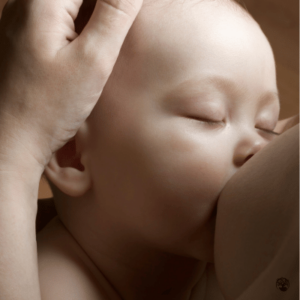 When it comes to oral ties, treatment should always involve body work, so make sure your lactation consultant, dentist, or other professional is pointing you in the right direction to establish care with an experienced infant bodyworker.
When it comes to oral ties, treatment should always involve body work, so make sure your lactation consultant, dentist, or other professional is pointing you in the right direction to establish care with an experienced infant bodyworker.
Many times, surgical correction is recommended for confirmed oral ties. The research (7) confirms what I have seen in my clinical practice, which is that correction does indeed very often improve the babies ability to nurse effectively and often resolves the pain felt by the mother. It is important to understand that surgical correction is not a standalone quick fix. In order to effectively treat oral ties, post surgical stretching must be done, in addition to bodywork, and sometimes additional therapy, as well.
Treating Thrush
Thrush can usually be resolved with gentle, but effective, natural remedies including apple cider vinegar, probiotics, and diet changes.
Infant probiotics can be applied to the nipple before nursing. This may help support a healthy microbiome in the baby’s mouth and on the skin of the breast.
Diluted Apple Cider Vinegar wipe downs after each nursing session can be helpful, as can be consuming a glass of water with a tablespoon of apple cider vinegar before meals a few times per day.
When dealing with any kind of yeast infection, I always recommend my patients remove sugar from their diet for at least a month and transition to an anti-inflammatory diet. Herbal nipple balms, such as this one from Birth Song Botanicals, can be both soothing and healing. It is very important to let your nipples dry completely after each nursing session and before applying nipple balm.
The interaction between the human milk microbiome, the microbiome in the baby’s mouth, and the nipple-areolar complex is intricate and fascinating. They all work together to create protective ecosystems that should be maintained if possible (8). Therefore, evidence (and clinical practice) show that antifungal medications should only be used as a second line option if natural treatment is unsuccessful.
For more information on treating thrush in babies, see: Understanding Infant Thrush: Symptoms, Home Care, & When To Seek Medical Attention.
Healing The Skin
Now that we have addressed the root cause, we are still left with sore and possibly cracked nipples that need to heal, which can be difficult because nursing around the clock doesn’t allow much time for healing.
Saline rinses can be done a few times a day after nursing to help cleanse the skin. Expressing a few drops of breastmilk and allowing it to dry over the nipples can also be helpful.
Nipple balm is very important while we heal the skin. There are many types and brands available. Find the one that works for you! Lanolin, herbal ointments, coconut oil, and tallow are all useful. Apply your favorite after each nursing session. If you’re able to, getting as much topless time as possible can be helpful for healing, as well.
Silver Nursing Cups are a product many of my nursing mamas swear by. These cups help nipples not rub against bras and clothing, and silver is naturally antimicrobial.
Some mothers find that temporary use of a nipple shield provides much needed relief while healing cracked skin. For some mamas, a complete break is needed to allow severe skin damage a chance to heal — a breast-rest! Here, moms will choose to pump for most feeds for 24-48 hours. I usually recommend that moms who wish to continue to nurse do so at least once or twice a day during this period in order to avoid nipple confusion.
A Note On Mastitis
There is a correlation between sore nipples and the development of mastitis. If you feel or notice symptoms such as a painful, swollen, red, streaky, or tender breast, accompanied by flu-like symptoms such as fever and chills, then you may have mastitis. Early symptoms of mastitis can be relieved by applying warm compresses to the affected breast, practicing frequent breastfeeding or pumping to ensure proper milk drainage.
To learn more about mastitis, read this article: Mastitis 101: Symptoms, Home Remedies, and When to Seek Medical Attention.
When To See A Doctor For Sore Nipples
Most nipple pain can be managed at home or with the help of a lactation consultant. However, if your nipple pain persists or gets worse despite trying the above self-care techniques, or you experience any signs of infection such as a fever, pus, or a growing, warm red patch on your breast, please contact your doctor.
Summary
Breastfeeding can be one of the hardest parts of the postpartum journey! It is important to understand the causes of nipple issues in order to prevent them when possible. Factors such as improper latch, improper flange fit while pumping, oral ties in the baby, thrush infection, Raynaud’s Syndrome, and skin issues can all contribute to soreness and cracking. Preventive measures include maintaining good hygiene, using nipple balms, keeping the breasts dry, and seeking professional help when needed.
Once the nipple skin is damaged, I recommend topless time when possible, as well as saline rinses, breastmilk application, nipple balms, and silver nursing cups or shields. When possible, consult with a trusted lactation consultant.
References:
- Douglas P. (2022). Re-thinking lactation-related nipple pain and damage. Women’s Health. 2022;18. doi:10.1177/17455057221087865
- Puapornpong, P., Paritakul, P., Suksamarnwong, M., Srisuwan, S., & Ketsuwan, S. (2017). Nipple Pain Incidence, the Predisposing Factors, the Recovery Period After Care Management, and the Exclusive Breastfeeding Outcome. Breastfeeding medicine : the official journal of the Academy of Breastfeeding Medicine, 12, 169–173. https://doi.org/10.1089/bfm.2016.0194
- Leiter, V., Agiliga, A., Kennedy, E., & Mecham, E. (2022). Pay at the pump?: Problems with electric breast pumps. Social science & medicine (1982), 292, 114625. https://doi.org/10.1016/j.socscimed.2021.114625
- Puapornpong, P., Paritakul, P., Suksamarnwong, M., Srisuwan, S., & Ketsuwan, S. (2017). Nipple Pain Incidence, the Predisposing Factors, the Recovery Period After Care Management, and the Exclusive Breastfeeding Outcome. Breastfeeding medicine : the official journal of the Academy of Breastfeeding Medicine, 12, 169–173. https://doi.org/10.1089/bfm.2016.0194
- Puapornpong, P., Paritakul, P., Suksamarnwong, M., Srisuwan, S., & Ketsuwan, S. (2017). Nipple Pain Incidence, the Predisposing Factors, the Recovery Period After Care Management, and the Exclusive Breastfeeding Outcome. Breastfeeding medicine : the official journal of the Academy of Breastfeeding Medicine, 12, 169–173. https://doi.org/10.1089/bfm.2016.0194
- Puapornpong, P., Paritakul, P., Suksamarnwong, M., Srisuwan, S., & Ketsuwan, S. (2017). Nipple Pain Incidence, the Predisposing Factors, the Recovery Period After Care Management, and the Exclusive Breastfeeding Outcome. Breastfeeding medicine : the official journal of the Academy of Breastfeeding Medicine, 12, 169–173. https://doi.org/10.1089/bfm.2016.0194
- Canadian Agency for Drugs and Technologies in Health. (2016). Frenectomy for the Correction of Ankyloglossia: A Review of Clinical Effectiveness and Guidelines.
- Douglas P. (2021). Overdiagnosis and overtreatment of nipple and breast candidiasis: A review of the relationship between diagnoses of mammary candidiasis and Candida albicans in breastfeeding women. Women’s health (London, England), 17, 17455065211031480. https://doi.org/10.1177/17455065211031480
- Ghaheri, B. A., Cole, M., Fausel, S. C., Chuop, M., & Mace, J. C. (2017). Breastfeeding improvement following tongue-tie and lip-tie release: A prospective cohort study. The Laryngoscope, 127(5), 1217–1223. https://doi.org/10.1002/lary.26306




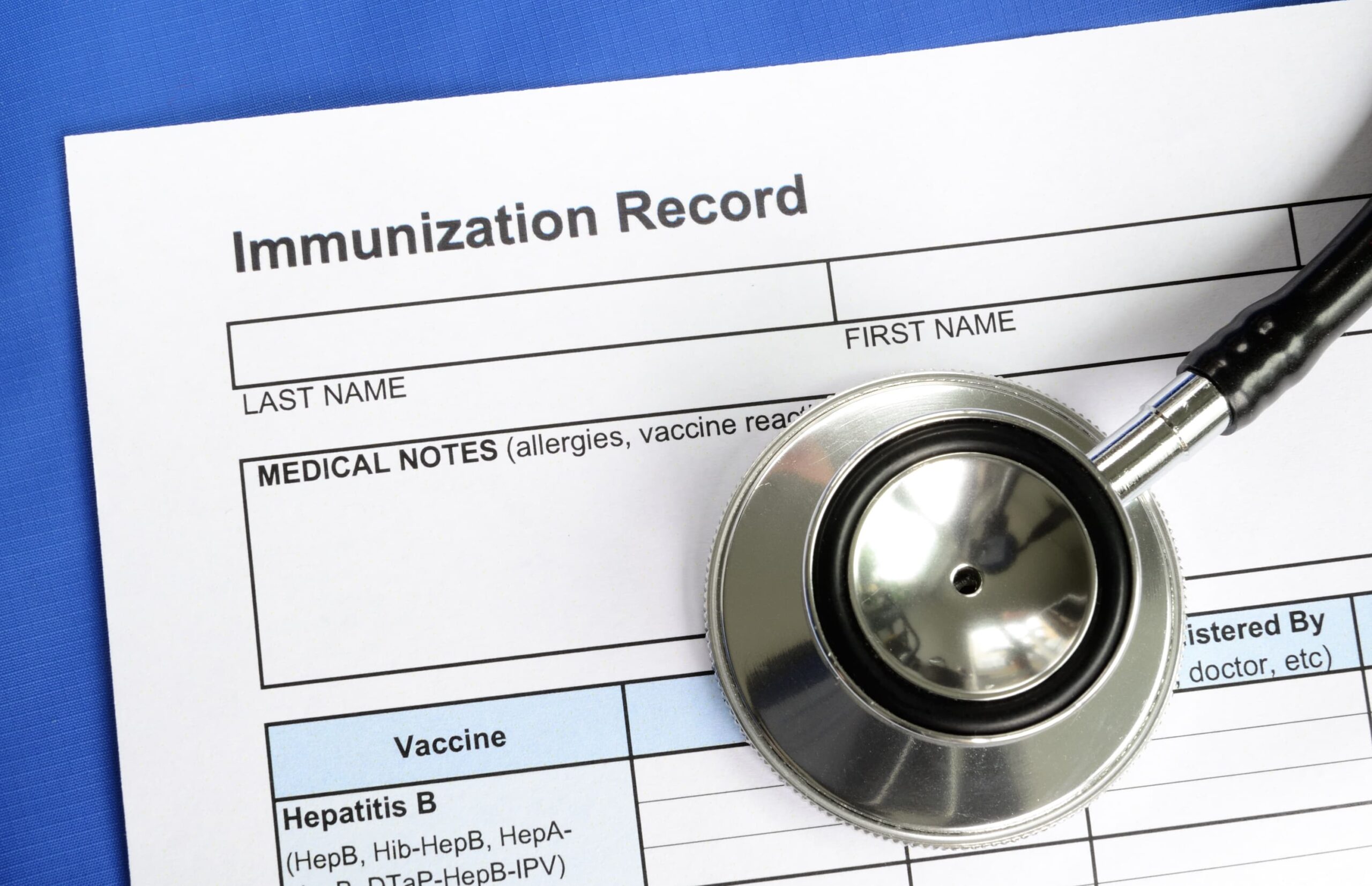
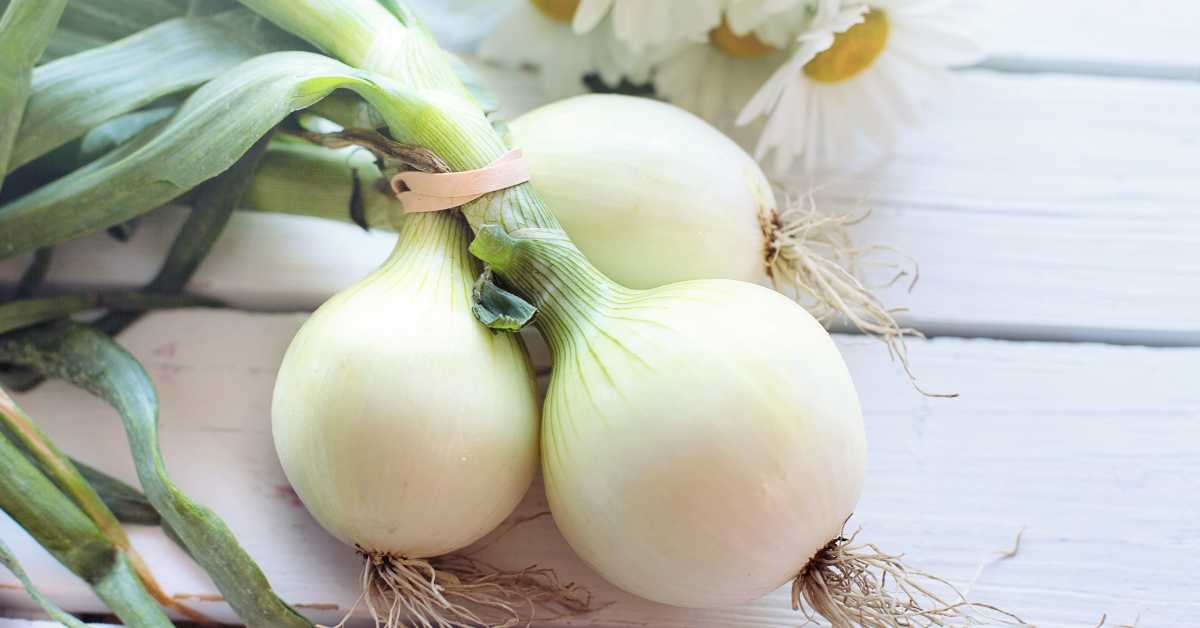

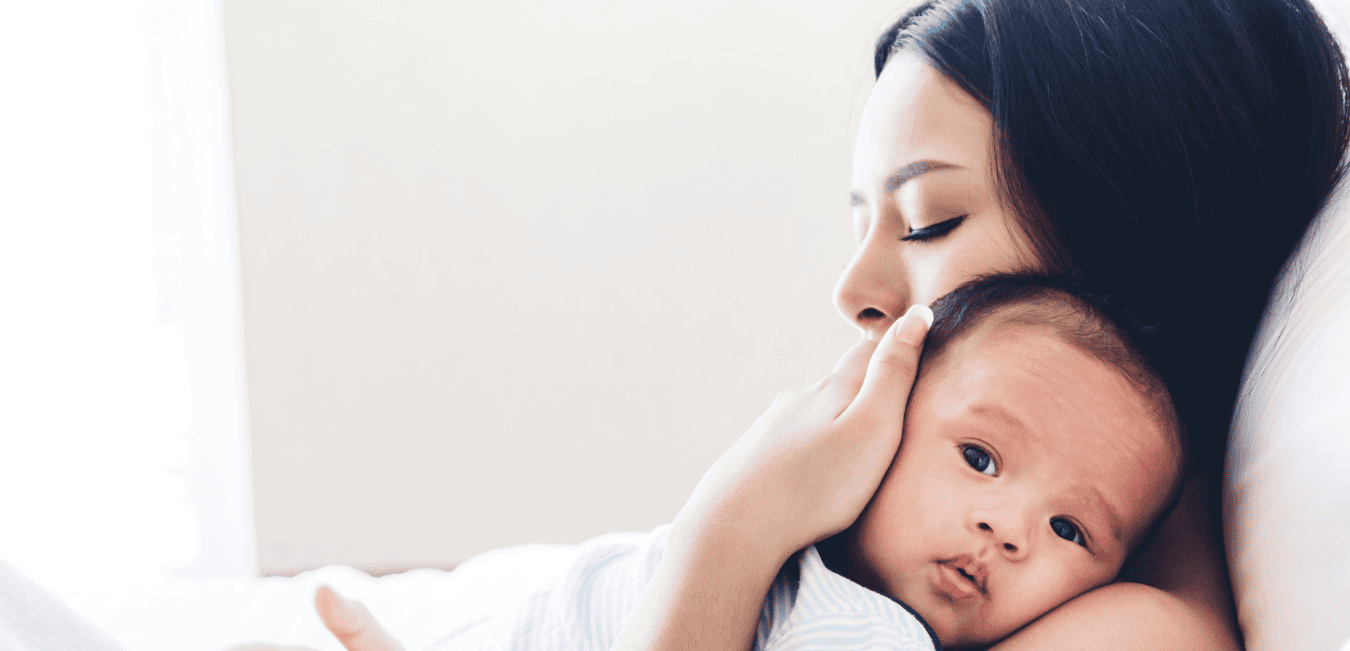
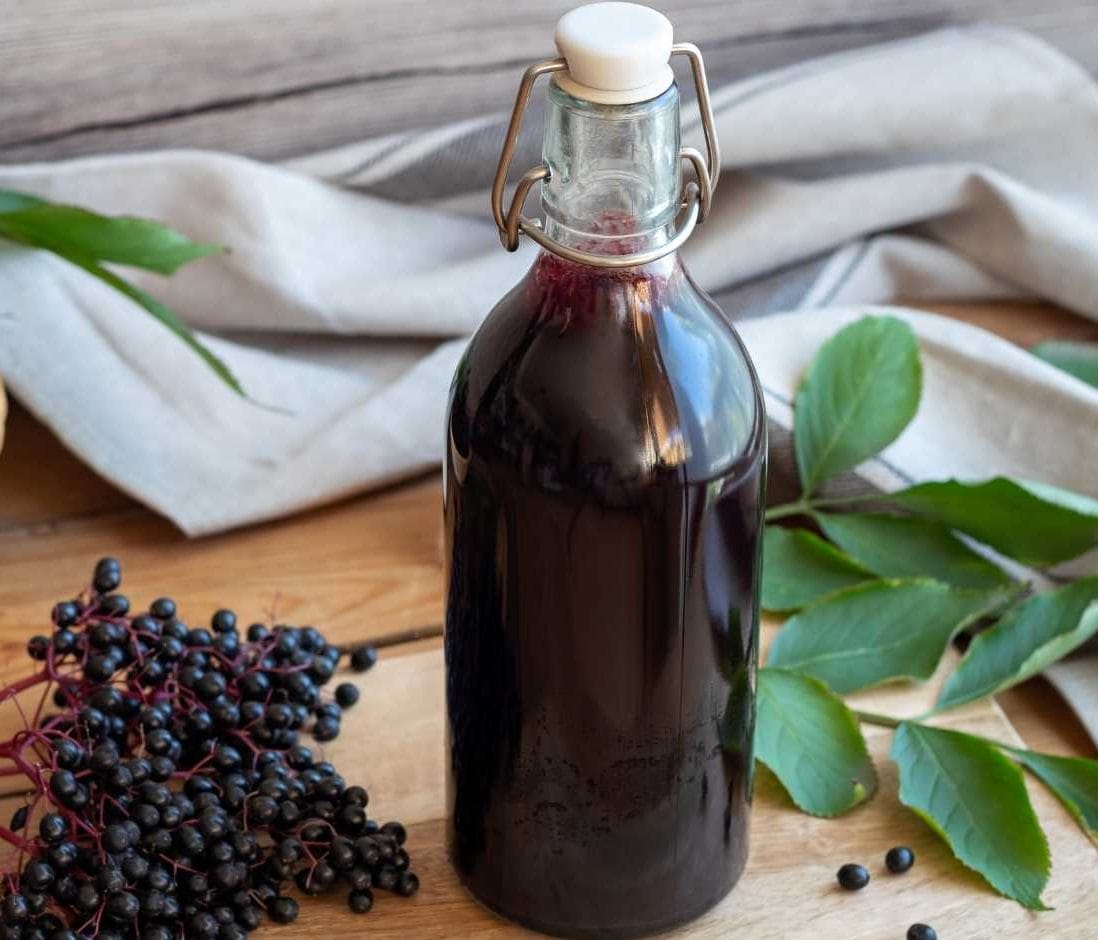
One Comment